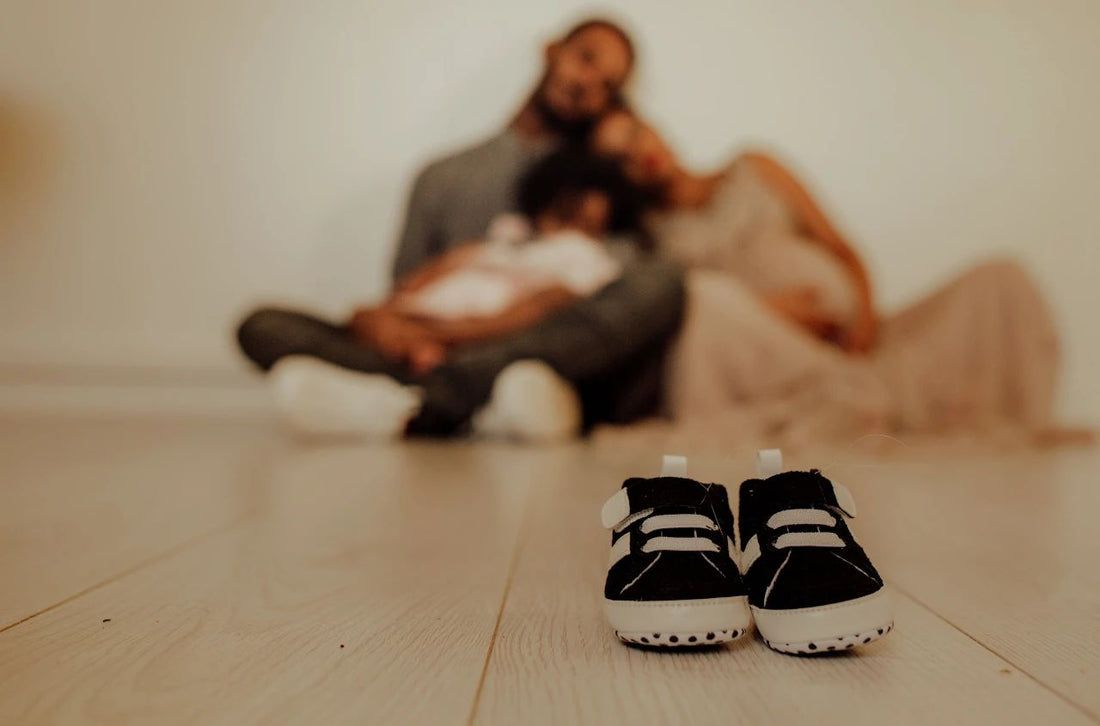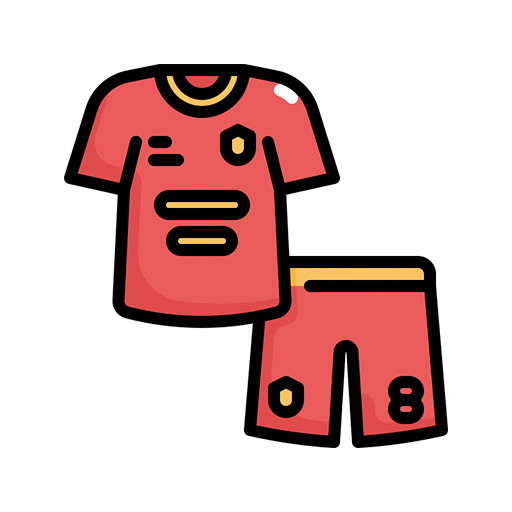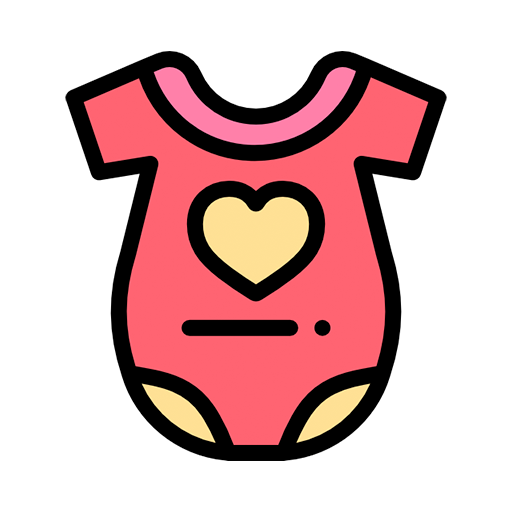
Do babies need booties
Share
In the journey of a child's growth, every step embodies their curiosity and exploration of the unknown world. Shoes, as their companions in walking, are of undeniable importance in selection. From their initial wobbly steps to later running and playing, shoes not only provide necessary protection for a child's feet but also subtly influence their gait development and foot health.
A pair of suitable shoes can effectively reduce the pressure during walking, prevent foot problems, and allow children to enjoy the joy of growth while freely running. Therefore, parents need to have a deep understanding of their children's foot development characteristics, grasp the scientific method of shoe selection, and carefully pick every pair of shoes for them. This is not only a responsibility for their children's health but also a warm companionship and support throughout their growth journey.

During the initial year and a half of a baby's growth, every subtle change touches the hearts of their parents, especially when it comes to their little feet, which receive meticulous care. From their delicate newborn state to gradually attempting to stand and walk, the development of a baby's feet is not only crucial to their overall health but also a significant milestone in their growth process.
0~6 Months: Tender Care with Bare Feet, Socks, Soft Shoes, and Booties
In the first six months of a baby's life, they spend most of their time either basking in the tranquility of their cradle or exploring this wondrous world, sensing everything around them by waving their tiny hands and feet. At this stage, their foot development is not yet mature, with soft bones and delicate skin, making it essential to provide them with the most natural care.
Going barefoot allows their little feet to directly touch the ground, promoting the development of peripheral nerves while also helping them perceive the temperature and texture of the surface, laying a foundation for future walking. Of course, during colder weather or when going out, a pair of soft and breathable socks becomes a necessary measure for warmth. Choosing socks made from natural materials like cotton or bamboo fiber not only absorbs moisture and ventilates well but also effectively reduces discomfort caused by friction.
For parents who are particularly concerned about their baby's coldness, soft booties made of wool or soft lambskin can be an option. These booties are gentle on the baby's feet, causing no compression, and also offer some warmth. However, when selecting, ensure that the opening is large for easy on and off, and that the material is safe and non-toxic to prevent the baby from accidentally ingesting it. Additionally, booties, as a small item that combines both decoration and warmth, can also be a good choice, but their material should likewise be safe and soft.
7~15 Months: Bare Feet and Pre-Walking Shoes for Exploration
As the baby grows in age, they start transitioning from crawling to standing and eventually taking their first steps. During this phase, their foot muscles and bones undergo rapid development. Walking barefoot plays an irreplaceable role in promoting the development of plantar nerves and enhancing balance abilities. In a warm and safe indoor environment, it's advisable to encourage babies to walk barefoot, allowing them to feel the texture of different surfaces and stimulating their curiosity.
However, when babies need to be active outdoors or the weather turns cooler, a suitable pair of pre-walking shoes becomes crucial. The design of pre-walking shoes should fully consider the baby's physiological characteristics, featuring soft and non-slip soles to reduce impact during walking, and uppers made of breathable and moisture-wicking materials like cloth or yarn to prevent the feet from feeling hot and damp. Moreover, the shoe size should be appropriate, leaving enough room for the baby's toes to move freely, thereby promoting healthy foot development.
Five Key Elements for Scientific Shoe Selection
When selecting shoes for children, parents should consider the following aspects to ensure comfort, fit, and safety.
Proper Size
Children's feet grow rapidly, so shoes should neither be too large nor too small. It is recommended to add 1cm to the child's actual foot length to determine the shoe's internal length. While allowing for growth, avoid excessive space that might compromise walking stability.
Simple Design
Shoes for babies should be simple and elegant, avoiding overly bright or flashy designs. Shoes with Velcro closures are preferred for easy on-and-off and reduced risk of falling off. Additionally, minimize decorations to prevent distractions or potential hazards.
High-Quality Materials
Comfort and durability are closely related to shoe materials. Choose shoes made from soft, breathable, comfortable, and easy-to-clean materials like leather or fabric. Inspect the craftsmanship for fine stitching and ensure no sharp edges or burrs that could scratch skin.
Comprehensive Functions
A good pair of baby shoes should have anti-slip, shock-absorbing, and supportive features. The sole should be made of non-slip material to prevent slipping during walking or running. The toe and heel should be rigid to protect ankles and toes from impacts. The insole should be tailored to the child's foot development to reduce walking pressure.
Regular Replacement
Children's feet grow fast, shortening the lifespan of shoes. Parents should regularly check shoe fit and replace them as needed. Typically, baby shoes last 3-4 months, but adjustments may be necessary based on season and foot growth. Regular replacement ensures shoe suitability and safety, safeguarding children's foot health.
Each step of a child's growth embodies parents' efforts and aspirations. Choosing the right shoes is not only caring for their foot health but also supporting their growth journey. May every parent master the art of scientific shoe selection, nurturing their little ones' feet with the best care, so they can walk confidently and steadily on.




